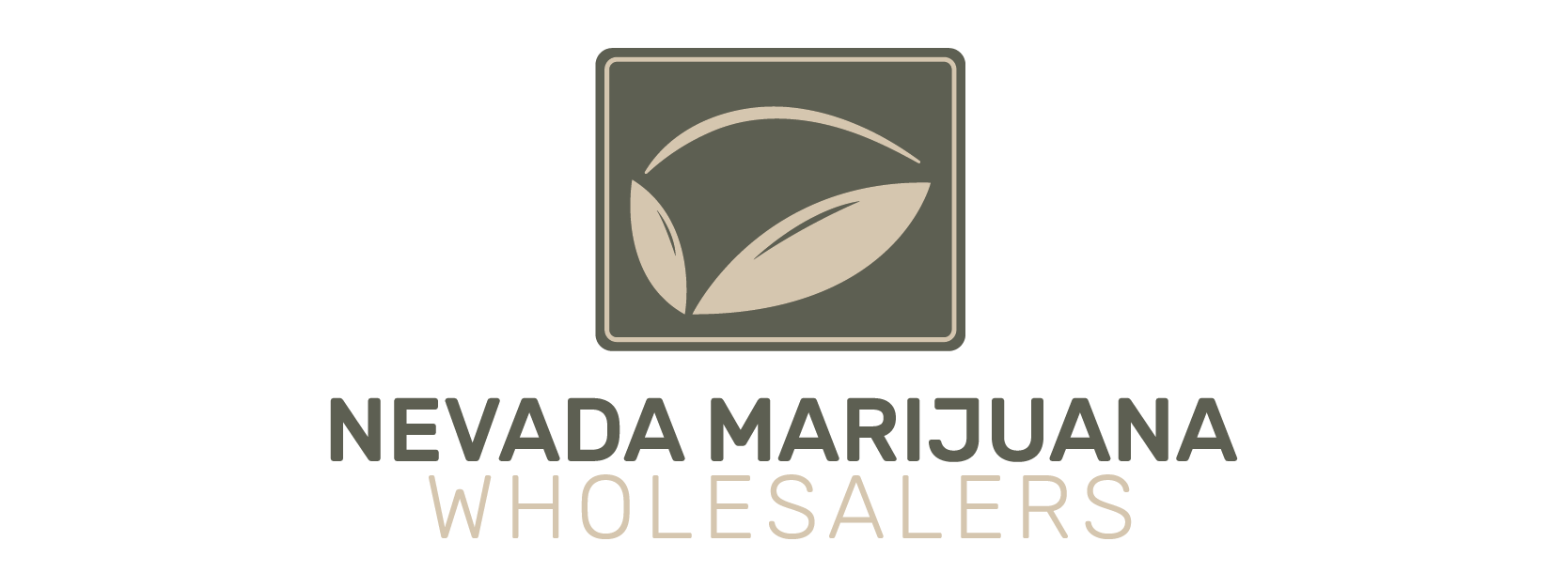Nevada’s cannabis market is unlike any other in the United States. While locals make up a consistent base of consumers, it’s tourism that drives much of the demand—especially in Las Vegas and Reno. These two cities are international destinations, each with their own flavor of entertainment and travel culture, and both play a significant role in shaping the wholesale cannabis market.
Las Vegas: The Tourist Powerhouse
Las Vegas attracts over 40 million visitors annually, according to the Las Vegas Convention and Visitors Authority (LVCVA). With world-class casinos, nightlife, and entertainment, cannabis has become a natural addition to the Vegas experience. Tourists often seek premium, high-potency products and convenient retail options, such as 24-hour dispensaries, lounges, and delivery.
For wholesalers, this translates into a constant need to stock a wide range of products—from flower and pre-rolls to vapes, edibles, and beverages—at volumes that can handle major event surges like New Year’s Eve, CES, and music festivals such as EDC. Demand patterns are unpredictable but lucrative, and brands that secure shelf space in Vegas dispensaries often gain valuable exposure to out-of-state consumers, many of whom carry brand awareness home with them.
Reno: Gateway to Adventure
While Reno draws fewer visitors than Las Vegas, its position as the “Biggest Little City in the World” and its proximity to Lake Tahoe make it a hub for outdoor tourism. Visitors often lean toward cannabis products that align with wellness, relaxation, and recreation. Edibles, tinctures, and portable vape cartridges are especially popular among tourists heading into the mountains or winding down after skiing, hiking, or boating.
For wholesalers, Reno requires a more balanced product mix. Unlike the high-volume, high-turnover Las Vegas market, Reno’s cannabis demand is steadier but still heavily influenced by seasonal tourism—particularly summer lake season and winter ski season. This means wholesalers and cultivators serving Reno must adapt to cycles that differ significantly from Vegas.
Wholesale Market Dynamics
Tourism doesn’t just increase demand—it shapes the entire wholesale ecosystem. Wholesalers in Las Vegas must anticipate spikes during peak travel months and large-scale events, often building inventory months in advance. In Reno, wholesalers strategize around seasonal tourism, focusing on targeted product categories rather than sheer volume.
According to data from Headset and state reports from the Nevada Cannabis Compliance Board, cannabis sales consistently spike in Clark County (home to Las Vegas), which accounts for more than two-thirds of Nevada’s cannabis revenue. Reno’s Washoe County also shows strong sales tied to tourism, though on a smaller scale. Together, these regions highlight how closely Nevada’s cannabis economy is tied to the travel and entertainment industries.
The Bigger Picture
Tourism doesn’t just benefit dispensaries and wholesalers—it impacts branding, packaging, and product development. Companies often tailor products to appeal to short-term visitors: sleek disposable vapes, single-use edibles, and premium strains marketed for the “Vegas experience.” In Reno, outdoor-friendly formats like gummies and vape pens get extra emphasis.
Ultimately, the tourist-driven nature of Nevada’s cannabis market ensures a vibrant wholesale ecosystem, but it also creates challenges. Inventory management, pricing, and compliance all become more complex when demand depends heavily on events and seasonal travel. Yet for wholesalers and retailers willing to adapt, Nevada remains one of the most dynamic cannabis markets in the country.
Read More: 420, New Year’s, and Beyond: Seasonal Cannabis Trends in Nevada’s Market
